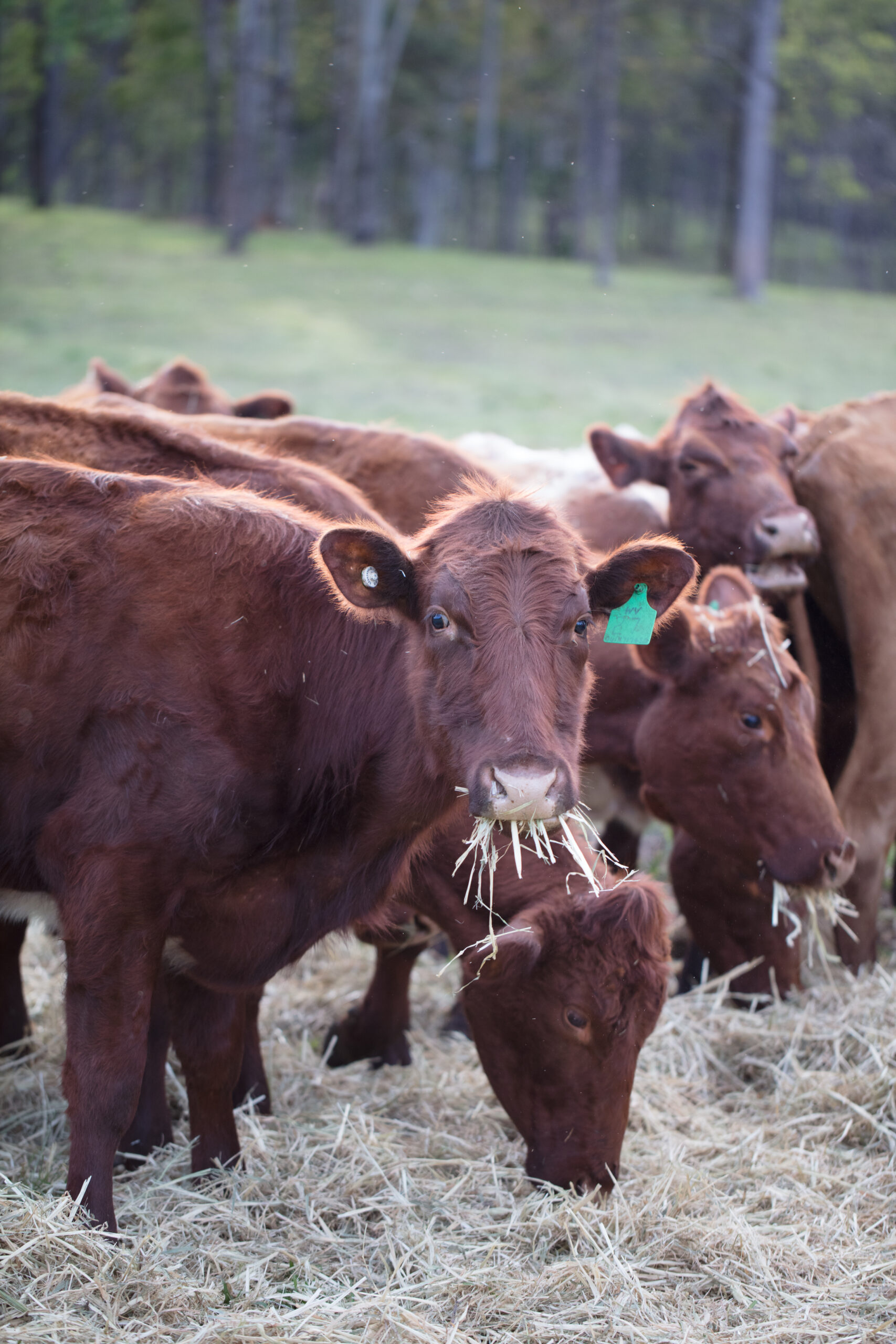Tick Fever: How to protect your herd
 Producers are being urged to monitor their cattle for signs of tick fever following cattle tick infestations on properties within Queensland’s cattle tick-free zone. Tick fever usually occurs in the cattle tick-infested zone but can occur in the cattle tick-free zone during a cattle tick outbreak.
Producers are being urged to monitor their cattle for signs of tick fever following cattle tick infestations on properties within Queensland’s cattle tick-free zone. Tick fever usually occurs in the cattle tick-infested zone but can occur in the cattle tick-free zone during a cattle tick outbreak.
Properties free of cattle ticks are also free of tick fever, known as ‘red water,’ as the disease only spreads through cattle ticks.
The signs
Tick fever is a serious disease that can result in significant losses for cattle producers, making prevention and management strategies essential.
Clinical signs include:
- sudden deaths (often multiple)
- weakness and depression
- loss of appetite
- fever
- staggering or reluctance to move.
Unvaccinated cattle raised in cattle tick-free zones are highly vulnerable to tick fever and can succumb to the disease if exposed to tick fever infected ticks.
Death can occur within two days of clinical signs appearing and sudden cattle deaths are often the first indication of a tick fever outbreak.
What to do if you see signs
If you suspect tick fever in your herd:
- Act quickly: Contact your veterinarian immediately for clinical assessment and sample collection to confirm the diagnosis.
- Monitor regularly: Watch for clinical signs in your cattle.
- Treat effectively: Administer prescribed treatments under veterinary guidance.
- Control ticks: Implement cattle tick control measures to reduce numbers.
- Vaccinate: Develop a tick fever vaccination strategy tailored to your herd’s needs.
Prevention of tick fever
Vaccination is an effective safeguard against tick fever. Vaccinating calves at 3-9 months age ensures solid immunity.
Older cattle raised in cattle tick-free zones are especially susceptible and should be vaccinated before being introduced to cattle tick-infested areas.
In cattle tick-infested areas, cattle exposed to the tick fever parasite between 3-9 months of age develop natural, long-lasting immunity. If cattle tick numbers are low, cattle may not be exposed and will remain vulnerable to tick fever.
For advice on ordering the vaccine, contact the Tick Fever Centre on (07) 3270 9600.
Moving cattle
Plan carefully when moving cattle between cattle tick-free and cattle tick-infested zones, consider vaccination and other preventive measures.
Vaccinate at least two months before exposure to cattle ticks to allow full immunity to develop.
During this period, exposure to cattle ticks and tick fever must be managed. Occasionally, reactions to the vaccine can develop into clinical tick fever requiring treatment in adult cattle.
Additional support and resources
For advice on tick fever prevention, treatment, and tick control strategies, consult:
- Biosecurity Queensland: 13 25 23
- Your local veterinarian
For comprehensive guidance, visit the Queensland Government website at www.business.qld.gov.au and search for “Tick Fever.”
Protect your herd from tick fever by staying vigilant, implementing effective management strategies, and ensuring timely vaccination.
Safeguarding your cattle now can prevent devastating losses in the future.